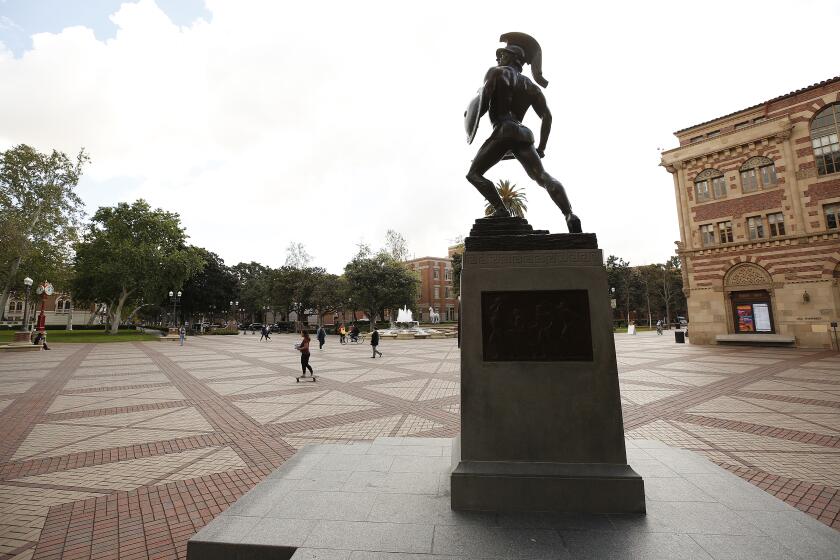Sensible CEQA reform
AEG’s proposed football stadium in downtown Los Angeles was the kind of job-creating development that needed to move forward, even if that meant passing special-case legislation to help it along. The legislation, which expedites the legal process for lawsuits challenging the project on environmental grounds, won our support because quick action was required and because it didn’t let AEG off the hook for adhering to the California Environmental Quality Act, including an environmental impact report. But it was far from ideal. It allowed lawsuits challenging the project to move straight to the appellate courts, bypassing the trial courts to speed up the years-long legal process.
CEQA has been a mainstay in protecting the state’s environment, but at times it has been used to hold up worthy projects in the courts for years, effectively killing them. The litigants aren’t just environmentalists; they also include businesses trying to stifle would-be competitors.
That’s why it’s important to find reasonable solutions not just for the proposed stadium but for other good projects that might be choked off by an unreasonable or unduly long court battle. Two new laws have been passed to this effect, one of which holds promise. The other, though, unfortunately continues with the AEG model of sending CEQA lawsuits against certain major projects — those costing $100 million or more — straight to the appellate courts if the governor approves.
Appellate courts have no juries and do not make factual determinations; they determine whether the law was properly applied by the trial court. The new law ignores those roles. And no politician should be in the position of deciding which projects get this special treatment and which are denied; this opens the door to favors for politically connected developers.
The better of the two bills would streamline the environmental impact report process for certain projects that are determined by the local planning agency to be of overall environmental benefit to the state or region. That could include, for example, affordable urban housing projects that would allow people to live closer to their jobs, thereby reducing vehicle traffic.
But it’s not just big projects or traffic-reducing ones that deserve a saner CEQA. There are ways to make the process fairer for all projects. Those could include a statutory limit on the time allowed for filing complaints and for legal resolution, and an expert panel empowered to decide whether CEQA-related lawsuits raise valid environmental issues and thus can move forward into the court system. The good news about the new law on $100-million projects is that it sunsets by 2015; by then, the Legislature should be ready with solid and comprehensive CEQA reform.
More to Read
A cure for the common opinion
Get thought-provoking perspectives with our weekly newsletter.
You may occasionally receive promotional content from the Los Angeles Times.










